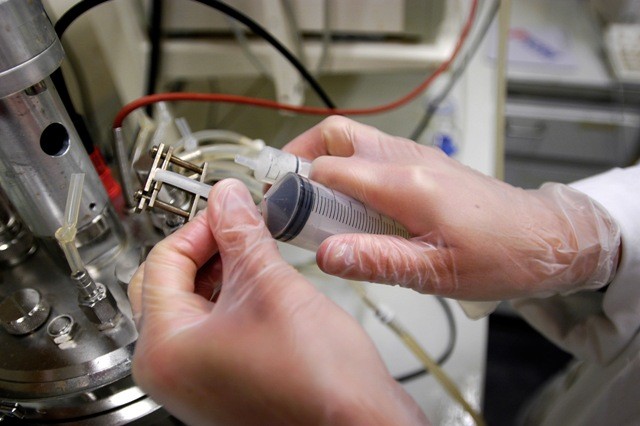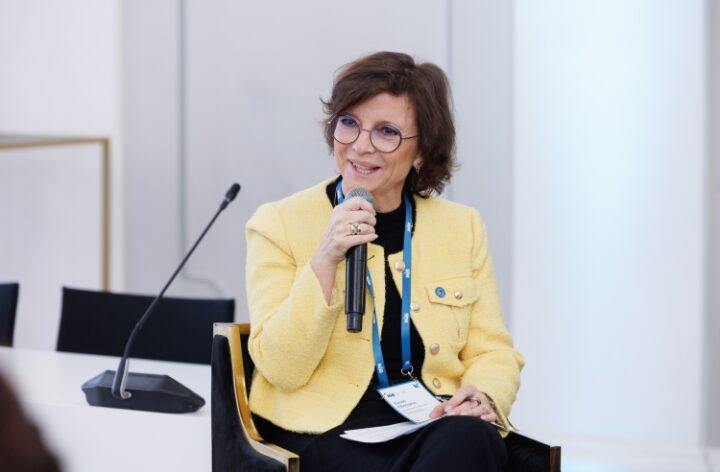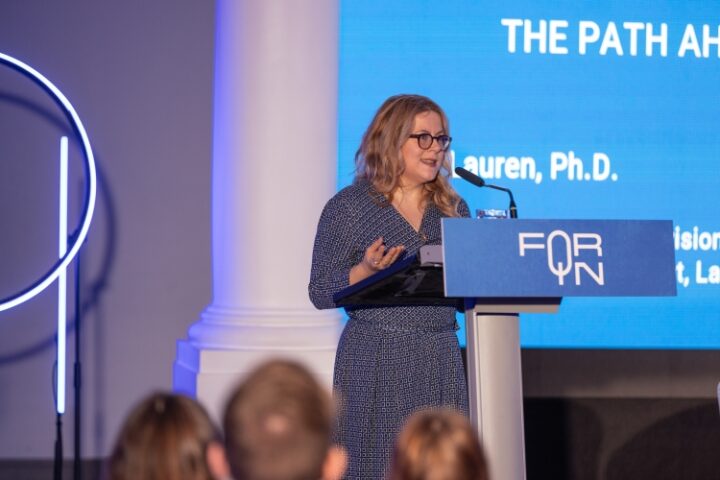Brains trust will place Baltic Sea region on international map

|
The conference, titled “Baltic Sea Strategy – a new opportunity for science-based regional and local management and integrated cooperation”, was designed to contribute to the transformation of the Baltic Sea Strategy into a document which works in practice: one which people do not see as yet another unfathomable initiative symptomatic of EU bureaucracy. |
| “We’ve lost count of the number of times we’ve heard that Europe has to be brought closer to its people,” remarked Estonian President Toomas Hendrik Ilves – who was one of those responsible for developing the strategy in his time as a representative to the European Parliament – in his opening address. “With this strategy we are able to provide solutions to a number of problems: the worsening quality of sea water as a consequence of human activity; eutrophication; and the risk of environmental catastrophe from the almost ten-fold rise in the number of oil tankers on the Baltic Sea.” Competing with China, India and the United States In order to implement these objectives and avoid disappointing the public, the EU Member States on the Baltic Sea need to join forces: to overcome the border obstacles and egotism hindering economic development, which are adding to already high rates of unemployment. “Only through improved cooperation will our region be able to compete in the fields of education and research with China, India and the United States,” President Ilves said. The role of local governments and regions in the Baltic Sea Strategy is not clearly defined, and they are only directly involved in a small number of projects in the programme’s action plan. However, those attending the conference agreed that this does not mean that the role of local governments holds little or no importance in the implementation of the strategy. For example, the Blekinge region of Sweden has drafted proposals on how to bring its operations into line with the objectives of the Baltic Sea Strategy. Blekinge wants the strategy to reflect the following ongoing projects: Baltic Master (maritime safety and sustainable development); East West Transport Corridor (transport and communication); Baltic Gateway (transport and communication); Baltic-Link (transport and communication); Euroregion Baltic (cross-border political cooperation); and Euroregion Baltic Youth Board (new generation). In order to integrate ‘europrojects’ into the Baltic Sea Strategy, movement of information in the region needs to be better organised. The attendees at the conference agreed that for the projects to bear fruit, a common research area should be established, creating a ‘fifth freedom’ which would incorporate research, teaching and industry. Working with a common education and research space At a meeting in Oslo in 2007, ministers of education and research from the Nordic countries and Baltic States set themselves the goal of moving towards a shared education and research space. Research institutions from both regions have already taken steps to team up: earlier this year, for example, the Science Council of Lithuania contributed 510,000 Norwegian kroner as an equal partner to the LILIAN programme (Living Labs in the North). This means that all of Lithuania’s scientists are now able to take part in the project. Living Labs attempts to bind the latest achievements in research and innovation with products, services, processes and organisations. Those who make use of the Living Labs are therefore engaged in creative and development work, while their needs and working conditions dictate the starting points of their research. The LILIAN programme emerged from the joint Nordic research and innovation space NORIA-net, funded by NordForsk, the research board of the Nordic Council of Ministers. NordForsk hopes to use NORIA-net to reinforce the capacity of the Baltic Sea region in applying for financing from such European research funds as the European Research Council. The Nordic countries, like other nations in the Baltic Sea region, are interested in promoting their research and education in international competition, attracting the world’s best experts to the area and doing their best to ensure that our most talented scientists remain here. The Nordic region, along with the rest of Europe, is battling out for the best brains in the field. In this light, the Baltic Sea region is anything but impoverished. Although the financial crisis, which affects us all, may make it seem as though we lack the funding, the will and the innovative thinking we need, they are all actually available to us – and all connected by the sea between us: the European Union’s own mare nostrum. In the global context, however, the Baltic Sea unites small nations, so in order to emerge from the crisis as winners and to remain successful, we need to unite our strengths – our time, money, knowledge and resolve – not only by sea, but also by action. The Nordic Council of Ministers’ Office in Estonia supported the organisation of the “Baltic Sea Strategy – new opportunity for science-based regional and local management and integrated cooperation” conference. |


